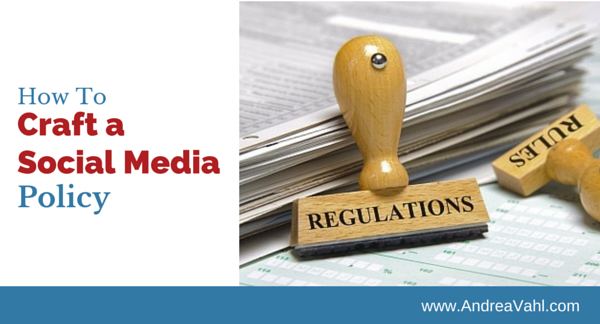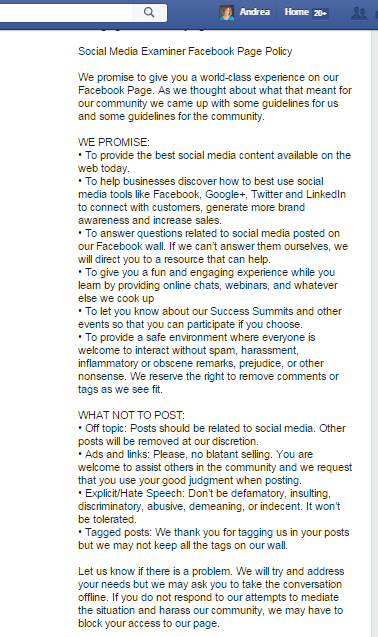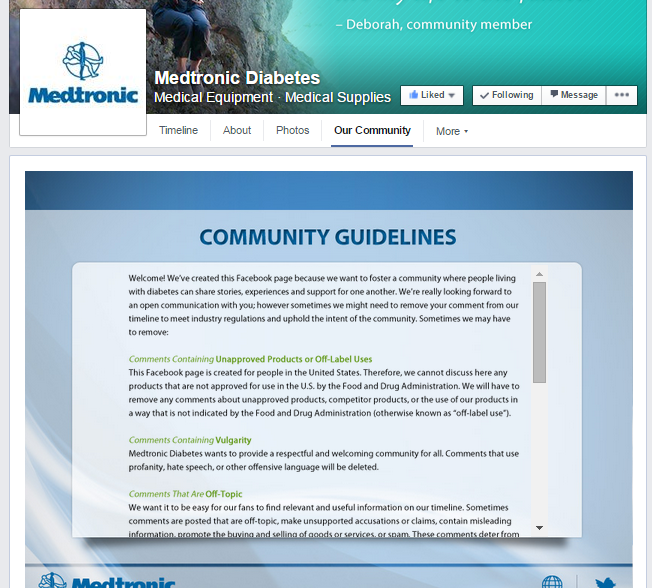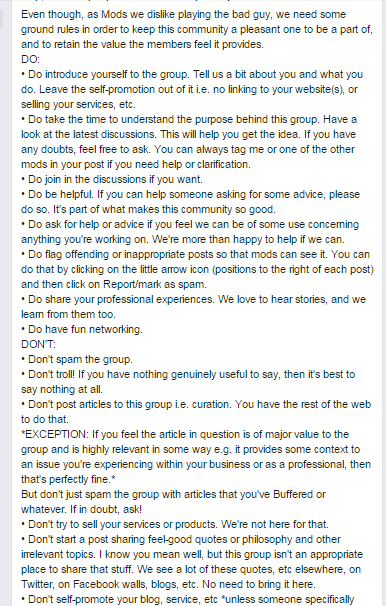An important aspect of participating in social media is having a disaster plan. If you are responsible for your company’s social media efforts, you need to make these plans immediately. What will you do if and when negative sentiments arise? Who will be notified and at what point?
You need to have a plan to respond to even the smallest complaint quickly so that things do not get out of hand. A recent study by Jay Baer and the Social Habit indicated that 42% of consumers complaining in social media expect a 60 minute response time.
Wow. That’s not long. But when you have the right systems in place, it is easily done.
Have Internal Policies and Procedures
You need everyone who is involved with social media and the appropriate customer service people on board with your procedures. Your internal policy should include:
- How quickly you will respond. If you want to respond to customers within the hour of tweeting or posting, make sure you have a team monitoring the space or have an alert system in place.
- When you respond. Are you responding to every negative tweet? For larger brands this can be challenging but it can be done.
- How an issue is escalated. When is it necessary to bring in another department? What tools does the social media team have in place to help the customer? When do you take the issue offline with a phone call or e-mail? Document all these processes so that all departments are on the same page.
- When it’s acceptable to ban someone. Put this in writing so that the team members know and have the power to ban someone. You also want to communicate this to your fans/followers/circles so that they know that they can get banned from your following.
Not only do you need an internal policy for how negative comments are handled, but you need an external policy to show your community how you will operate in the social space. Outline the terms of use on individual platforms such as Facebook Page posts, Google+ Pages, blog comments, and Tweets.
Coca-Cola has a great social media policy in place that communicates their expectations internally and externally.
Post Your Social Media Policy Publicly
Having a place you can point to so that every one can see your policy is important.
You can include a lot of the items you had in your internal policy but you may want to make them more specific or give more examples. You also will have more internal direction for how things get escalated obviously in your internal policy.
Here are some good ways to post your policies:
- A page on your website
- On the About section of your Page
- Pinned in a post in a Facebook Group (special group-only rules)
Social Media Examiner has posted their Page Policy in the About section of their Facebook Page.
Medtronic Diabetes has their Community Policy on a separate tab (you can use a custom Facebook App to do this)
And here is a great example of some Facebook Group rules that are pinned to the top of Chris Brogan’s Secret Team Facebook Group.
The time to start a Social Media Policy is BEFORE you need it. It doesn’t take long and I would encourage you to have some formal guidelines in place. Here’s a great roundup of opinions on how you deal with negative feedback on social media.
How about you? Do you have a social media policy that you can refer to? Share your thoughts in the comments below!


























